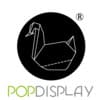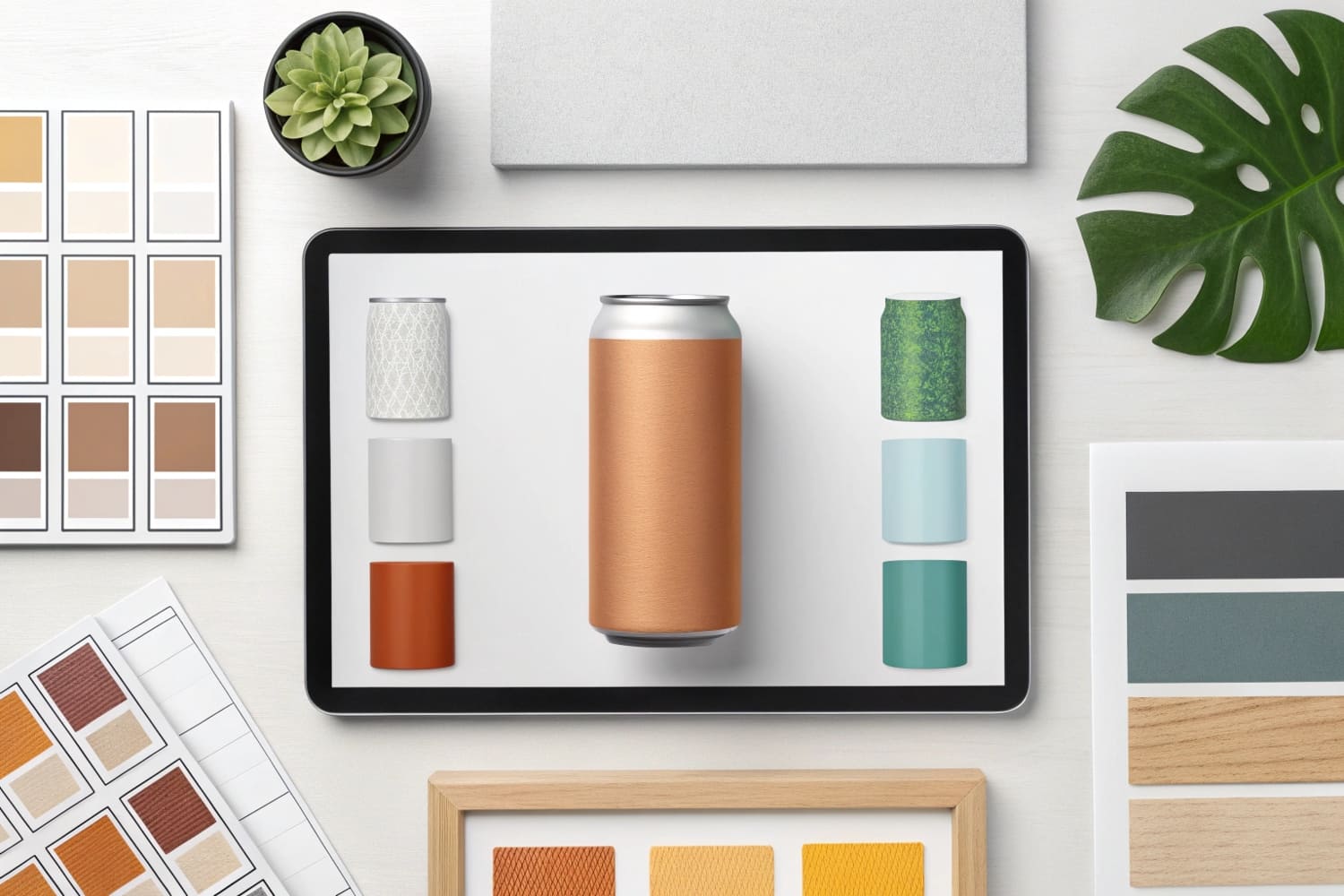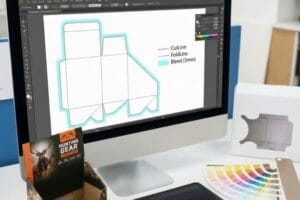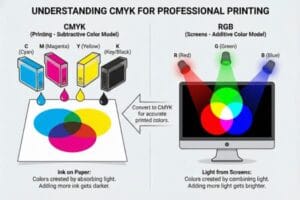I know small breweries fear big MOQs. Cash is tight. Timelines are short. Retailers push for clean presentation. I solve this often. I will break down real ranges and clear choices.
Most printers set MOQs by process: digital cartons start at 300–500 units, offset cartons at 1,000–3,000, labels at 1,000–5,000, can sleeves at 1,000–2,500, and rigid gift boxes at 100–300. Ask for gang runs and shared dies to go lower.
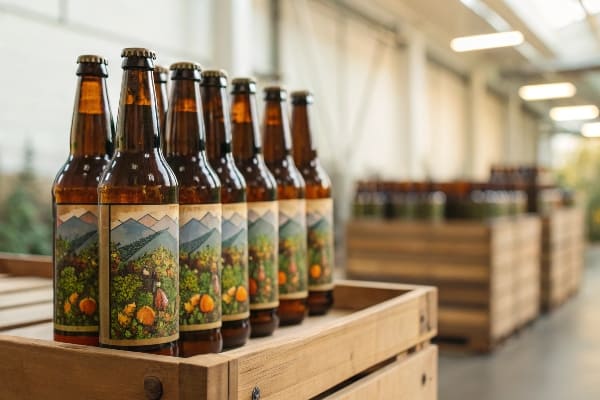
Small teams need fast answers. I keep it simple. I give you the typical ranges, the trade-offs, and a path to test ideas with low risk. You can start small. You can scale when sales rise.
What is custom packaging for small businesses?
Small teams want brand control and cash control. I have been there. I launched with small runs, then I scaled. I learned that the right spec saves money without hurting the look.
Custom packaging for small businesses means short-run, brand-matched boxes, labels, or sleeves made to your size and print, with low setup and fast lead time, so you test demand before scaling.
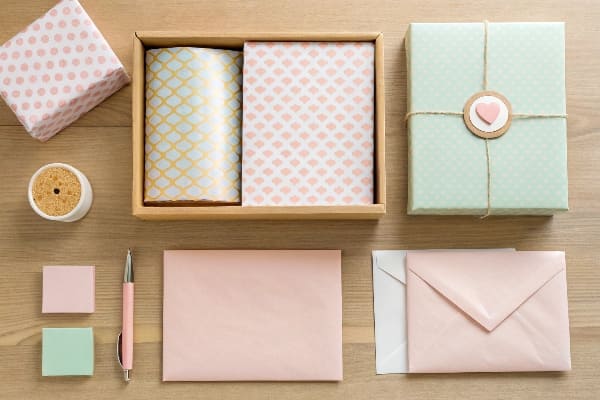
Why this matters and how to choose
I split the choices into size, print process, and assembly. Small runs work best with digital print and standardized dies. Digital print1 cuts setup cost. Standard dies remove custom tooling. If you need exact size control, you can pay for a new cutting die, but I try to avoid that at first. I also watch freight. Flat-pack cartons reduce shipping and storage. Pre-glued trays save labor on the line. I push for water-based inks2 and recyclable boards because retailers now ask for this. I run test proofs and small pilots. I track breakage, scuff marks, and color drift. I adjust the board grade or coating after the first sell-in. This keeps reorders smooth. My rule is simple: start with a standard format, keep art flexible, and invest in better structure only after real sales. This path protects cash and keeps the look sharp.
| Decision Area | Good First Choice | Why It Works | Upgrade When |
|---|---|---|---|
| Digital CMYK | Low setup, quick turns | Volume > 3,000 | |
| Structure | Standard die | No tooling fee | Retail needs exact fit |
| Board | E-flute or paperboard | Light, rigid, low cost | Heavy bottles/long trips |
| Finish | AQ coating | Fast, recyclable | Need scratch resistance |
| Assembly | Flat-pack, auto-lock | Fast pack-out | Premium unboxing required |
What is a form of packaging beer includes?
Many beer teams mix formats. I help them pick the right one for the channel. Taprooms need one set. Grocery needs another. E-commerce needs extra protection.
Common beer packaging formats include bottle labels, can labels, shrink sleeves, 4/6/12-pack cartons, trays, mailer shippers, and seasonal gift boxes; choose by channel, protection needs, and brand goals.
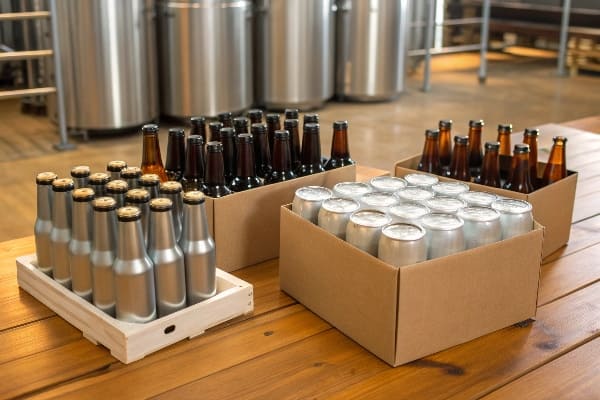
Formats, use cases, and trade-offs
I look at where the beer sells. For taproom and local accounts, pressure-sensitive labels3 on cans or bottles are fast and cheap. Labels allow quick flavor launches. Shrink sleeves give 360° coverage and hide seams, so the shelf look is clean. Multipack cartons carry brand blocks in retail. They need stronger board for cold chain and stacked pallets. E-commerce asks for custom shippers with inserts to stop bottle clash. Gift boxes add perceived value for holidays. I design to the worst part of the journey: conveyors, chillers, and wet ice. I test edge crush strength and handle grip. I add tear-strips for easy open. I add inside flaps for can retention. I keep dielines modular so art swaps do not need new tools. The right mix keeps cost down and brand up.
| Format | Best For | MOQ Range (Typical) | Notes |
|---|---|---|---|
| PS Labels | Fast new SKUs | 1,000–5,000 | Many SKUs, low waste |
| Shrink Sleeves4 | Full wrap look | 1,000–2,500 | Good for small cans |
| 4/6-Pack Cartons | Grocery blocks | 500–3,000 | Choose wet-strength |
| Trays/Case Packs | Warehouse | 300–1,000 | Auto-lock speeds pack |
| Gift Boxes | Seasonal sets | 100–300 | Rigid or thick board |
| Shipper Boxes | DTC/e-comm | 200–1,000 | Inserts prevent damage |
How much can I charge for packaging design?
Many founders underprice design. Good packaging moves cases. I price by value, not only by hours. I also publish a menu so buyers trust the scope.
You can charge packaging design by project ($500–$3,500 per SKU for labels; $1,500–$6,000 for cartons), by day rate ($400–$1,200), or by value-based packages tied to deliverables and rounds.
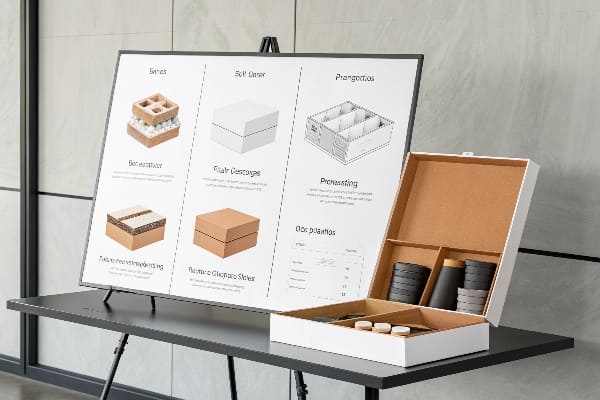
Pricing models that win and protect scope
I offer three models. First, a fixed project fee5 with defined deliverables: mood boards, dieline layout, two concept routes, two revision rounds, press-ready files, and handoff. This model is clear for founders and finance teams. Second, a day rate for rapid sprints or on-site press checks. I use this when specs still move. Third, a value package6 for full lineup refresh, where I tie price to business outcomes like SKU harmonization and retail planogram fit. I include print supervision because color drift kills trust. I write change orders for new dielines, 3D renders, or extra rounds. I send a prepress checklist so printers do not bounce files. I store naming, color, and barcode rules in a simple brand sheet. This speeds later SKUs and protects margins. When I work with wholesalers, I bundle design with prototype and testing. This lets me hold a fair price while giving buyers fewer vendors to manage.
| Model | What’s Included | Best For | Typical Range |
|---|---|---|---|
| Fixed Project | Concepts, 2 rounds, final files | Clear scopes | $1,500–$6,000 |
| Day Rate | Flexible tasks, press check | Moving targets | $400–$1,200/day |
| Value Package | System, guidelines, renders | Line refresh | $5,000–$20,000 |
How much does it cost to make custom packaging?
I get this question daily. Cost depends on size, board, print, finish, and freight. I map cost per unit against MOQs, then I show break-even points.
Custom packaging unit cost falls as quantity rises: sample $50–$200, 300–500 units $1.20–$2.80 per carton, 1,000–3,000 units $0.60–$1.50, premium rigid boxes $4–$10+, labels $0.03–$0.12 each.
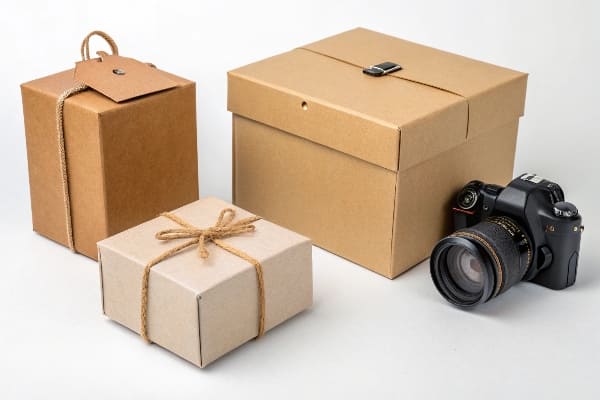
Cost drivers, break-even math7, and quick savings
I break cost into five buckets: materials, print setup, conversion, finishing, and logistics. Materials include board grade and caliper. Print setup covers plates for offset or none for digital. Conversion includes die-cut, glue, and fold. Finishing includes coatings and foils. Logistics covers freight and duties. The fastest savings come from standard dielines, digital print for small runs, and flat-pack designs. I also reduce SKUs by using one master carton across flavors with color-coded labels. I choose aqueous or satin film over heavy lamination unless the store demands high scuff resistance. I place the purchase order to align with gang runs. This taps shared press time and cuts waste. I confirm pallet plans early to avoid oversize fees. I always sample under real conditions: cold rooms, wet hands, and stacked displays. I correct failures before mass run. This saves reprint pain and protects launch dates.
| Qty (Units) | Carton Cost/Unit | Notes |
|---|---|---|
| 1 Sample | $50–$200 | Includes plot cut, hand glue |
| 300–500 | $1.20–$2.80 | Digital print, no plates |
| 1,000–3,000 | $0.60–$1.50 | Offset starts to win |
| 5,000–10,000 | $0.35–$0.80 | Best cost per unit |
| Rigid Gift Box | $4.00–$10.00+ | Magnet lids, inserts |
| Labels (each) | $0.03–$0.12 | Size and finish matter |
Conclusion
Start with digital and standard dies, prove demand, then scale with offset and stronger board. Keep color control tight. Test in real cold, wet, and stacked conditions.
Explore this link to understand how Digital print can reduce costs and improve efficiency in packaging. ↩
Learn why water-based inks are becoming essential for sustainability in packaging and how they meet retailer demands. ↩
Explore this link to understand how pressure-sensitive labels can enhance your product’s marketability and efficiency. ↩
Discover the advantages of Shrink Sleeves for packaging, including their aesthetic appeal and functionality. ↩
Understanding fixed project fees can help you budget effectively and ensure clarity in your design projects. ↩
Exploring value packages can reveal how to maximize your investment in design while achieving significant business outcomes. ↩
Learning break-even math is crucial for assessing profitability and making informed financial decisions. ↩
